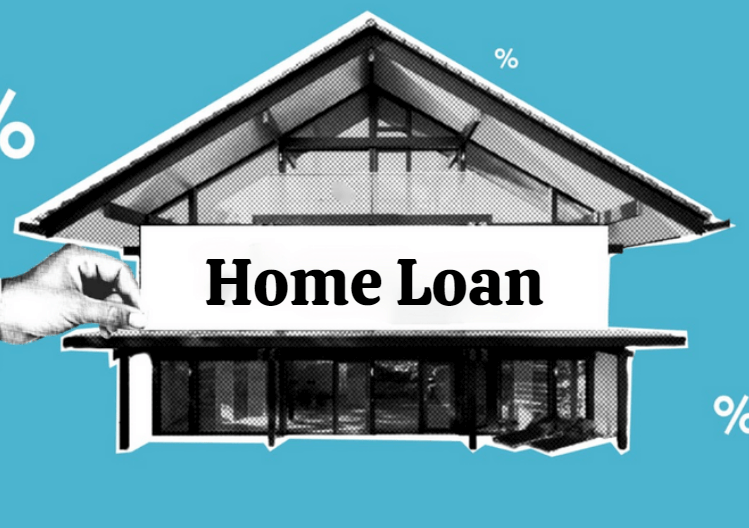Lowest Rates on Home Loan in India? In-Home loan is a credit facility provided by banks. Which allows borrowers to buy or construct a home by placing the house as collateral.
However, Most banks offer home loans up to a maximum limit of 90% of the value of the property. With the money provided by providing the respective home as security and these funds provided to protect the very property for which your Finance demanded.
Along with banks, the central and state governments provide various housing and subsidy schemes to encourage “Housing to All” by the end of the year 2022.
Benefits on the Home loan
The government has announced various home loan subsidy schemes like PMAY to encourage the availability of housing loans.
The Home Loan Subsidy Scheme is a Credit Linked Subsidy Scheme. Under which beneficiaries are eligible to receive an interest subsidy on their home loan if they apply for a loan to purchase or construct a home.
The interest subsidy ranges from L 2.30 lakh to L 2.67 lakh depending on the income group of the borrower. Which is Best Car Loan Providers in India.
Recently, RBI has linked the home loan interest rates to the repo rate and hence. It has been continuously reducing the repo rate in the last few monetary policies to ensure the availability of easy loans.
Some benefits of a home loan that make it an option to fulfill housing dreams are listed as follows:
- Multi-Purpose: Housing loans are multipurpose loans that are available for various purposes such as buying a new residential flat or building. Building a new house on a plot, renovating a house, or expanding your current home.
- Long Tenure: Since the loan amount included in the housing loan is high. The repayment period for that loan can be increased by 30 years. This allows the borrower to choose an affordable EMI and ensure that his monthly budget is not under any kind of pressure.
- High Loan Financing: Banks give loans ranging from 75% to 90% of the market value of your property. The balance you pay when availing of a housing loan.
- Prepayment and Foreclosure: Home loans provide for the forecasting or prepayment of a loan. In which the housing loan borrower can pay more than the EMI or prepay the loan. This makes home loans a customer-friendly product.
READ ALSO: Best Personal Loan Interest Rates In India
Home Loan Procedure for Lowest Rates on Home Loan in India
1. Check Eligibility and Calculate EMI
Before you apply for a home loan, check your loan amount eligibility and calculate the monthly home loan EMI. Home loan eligibility is calculated based on age, monthly income, current obligations, LTV ratio, property type, and other factors. EMI can be calculated on the basis of the loan amount, interest rate, and tenure. It is advisable to shortlist the banks that offer the maximum loan amount after checking your EMI and eligibility.
2. Check Legal Documents and Property Approval Status
If you are buying a builder property, then check the banks that have approved the shortlisted projects. In the case of resale property, map plans have to be approved. Ensure that property registration documents are accurate for both the first and current owner. On ensuring the authenticity of the documents, shortlist the banks that loan against your selected property.
3. Decide on Home Loan Interest Rate Type
- Choose between floating and fixed rates: Most banks offer home loans at floating or fixed interest rates. According to the fixed interest rates on home loans, the interest rate remains constant during the loan term. On the other hand, according to the rate of floating home loans, the rate changes after periodic intervals in response to MCLR, PLR and external benchmarks such as RLLR and TBLR. It is better to compare home loan interest rates before applying for a home loan.
- Home saver loan option: Banks provide overdraft facilities to allow borrowers to save interest on home loans. A surplus can be credited to the loan surplus account whenever available with the option to withdraw funds. The interest rate on overdraft loans is higher than that of regular home loans.
4. Compare Shortlisted Banks
You can compare the interest rates of home loans of all banks and NBFC on online marketplaces. Along with the rates, you can also check processing fees, prepayment fees, and any other associated costs on the loan. Further, compare all the rates and charges to shortlist banks and reduce the options of 2-3 banks.
5. Select the bank based on other service related parameters
Finally, as you decide to take a loan, consider other services and the respective transparency parameters of the chosen banks. Some of these factors are turnaround time, quick loan disbursement, doorstep services, transparency in the loan process.
In addition, understand the trends and changes of MCLR, PLR, and external benchmark rates over time. Finally, read the reviews of existing customers of banks on their services, interest rates, and transparency to make their decision to borrow from the bank.
Top Banks Offering Lowest Rates on Home Loan in India
Different Types of Lowest Rates on Home Loan in India
Home Purchase
The most common home loan type is a loan that benefits from buying a residential property, it can be a house or a flat. The maximum financing available for this is up to 90% of the value of the property.
Home Improvement Loan
If you already own a home but do not have enough money to renovate it, then a home improvement loan is best suited for you. This includes works such as repairs, painting the walls, rewiring, waterproofing, etc.
Home Extension Loan
You can also take a loan to expand or expand your current home. Some lenders have curbed a separate loan product for this purpose, while some of them include this purpose as part of their home improvement loan product.
Loan for Land Purchase
Banks and NBFCs also provide loans to purchase a plot on which a person wants to build his house. Typically, the maximum financing for plot loans is done up to 70–80% of the value of the land.
Home Loan for NRI
Home loans are also available for NRIs who want to buy their home in India. The structure of this loan is similar to a regular home loan.
Joint Home Loan
This type of loan is taken with the co-applicant to increase the eligibility of the loan. You can add an earning member of your family such as parents, spouse, or children as co-applicants. Banks allow a maximum of six co-applicants for joint home loans.
Affordable Housing Loan
The PMAY scheme was launched by the Modi government in 2015 to provide affordable housing to the urban poor by 2022.
Home Loan Top-Up
After a certain period, you can also opt for a top-up loan on your home loan. A top-up is an additional loan amount that is borrowed in between the tenure of the home loan for various purposes such as the renovation of the house, an emergency meeting, etc.








